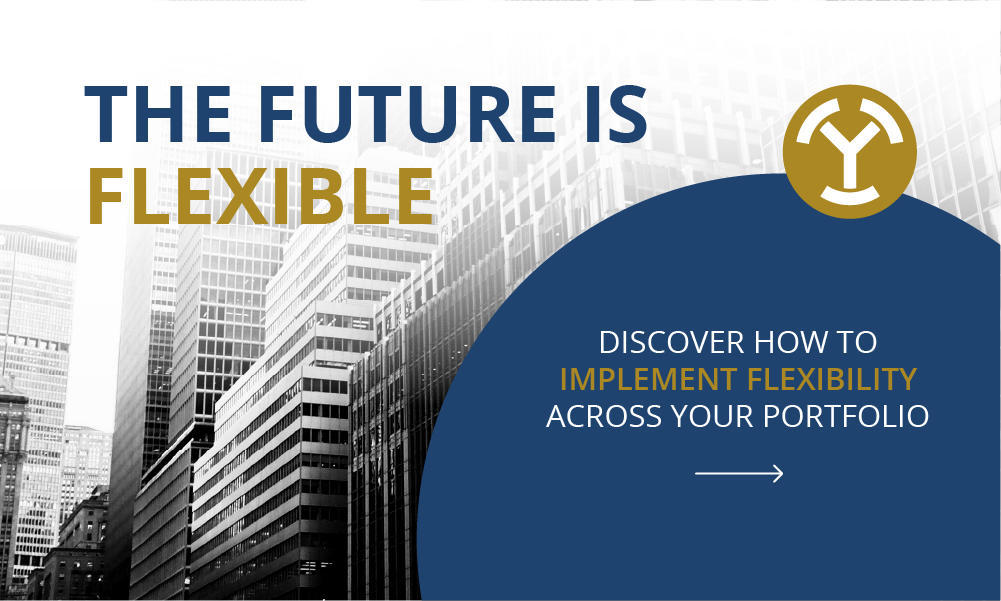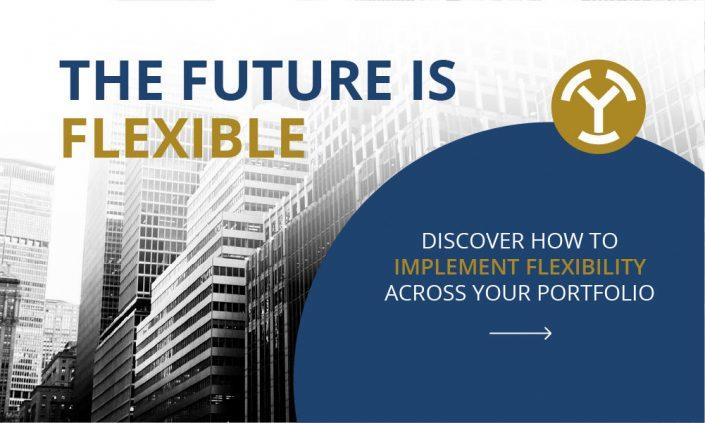Pre-Covid trends are accelerating, and the office workspace industry is experiencing rapid change, predominately driven by quickly evolving occupier requirements. Recent studies point to continued demand drivers for flex space models. According to JLL, 67% of CRE decision-makers plan to incorporate flex space into their agile work strategies.
There’s no doubt that flex is the future. But what does that mean for CRE stakeholders? While some of the world’s largest global real estate brands are taking an active role in offering more agile workspace solutions, many landlords are still trying to figure out what “flexible” means.
Quite simply, it means taking a more active role in optimizing the mix and relevance of assets to accommodate occupier requirements. But flexible assets are actually quite complex to deliver. It involves broadening services, amenities, and technology layers throughout the built environment to better align to tenants – no easy feat.
Before making the transition from traditional to comprehensive, service-based real estate models, it is critical to take stock and appraise the best approach for delivering flexibility.
Get the complete guide to agile and flexible office solutions to better understand the implications of the changing office landscape.


